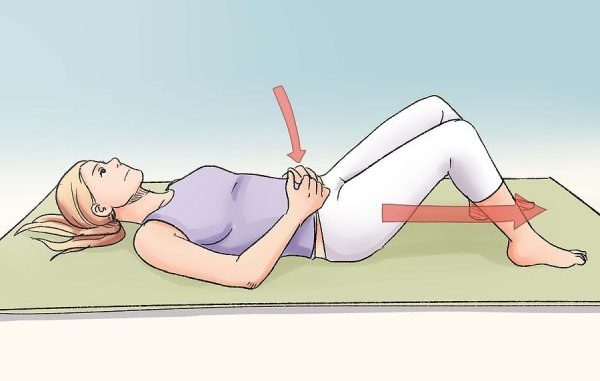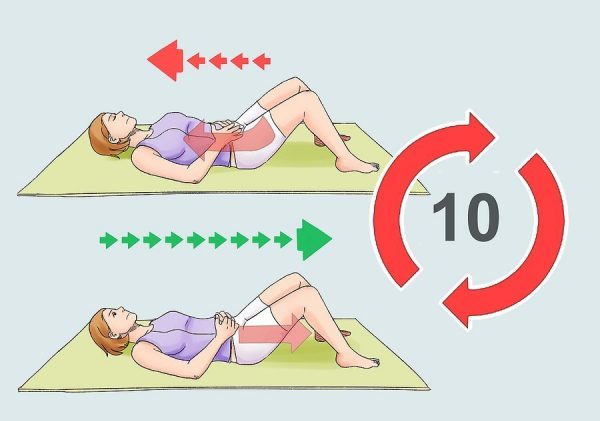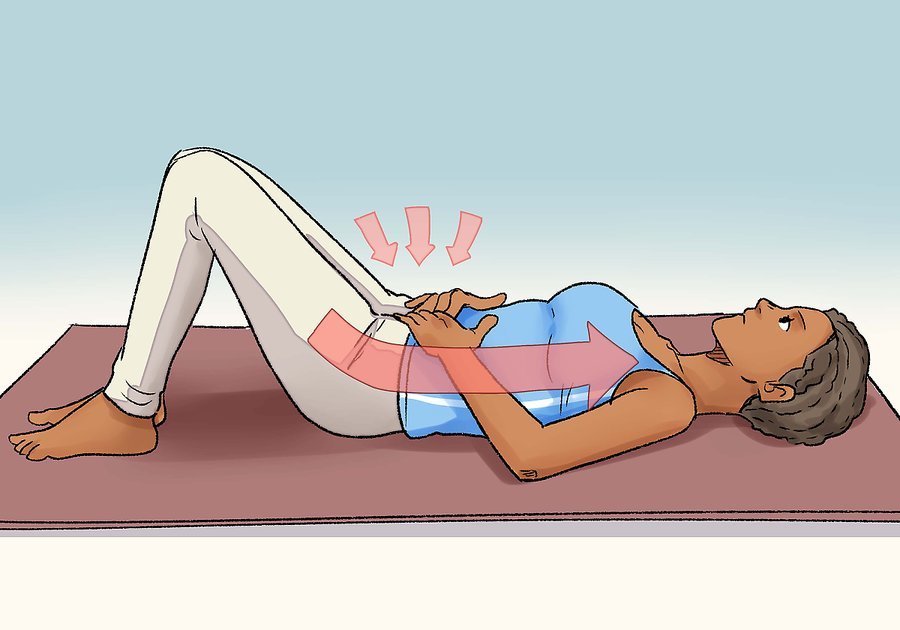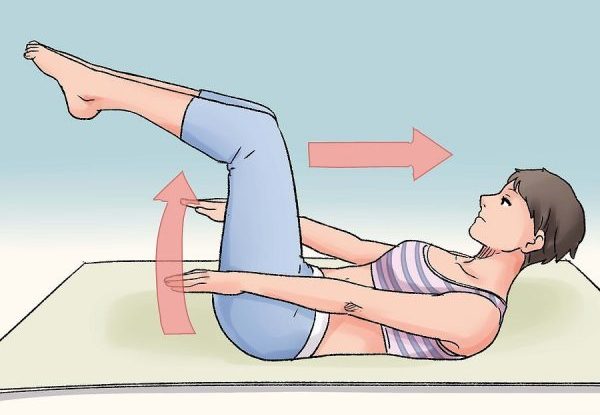Kegel exercises after pregnancy
Finally, the long-awaited baby was born and the difficulties of pregnancy are a thing of the past. Days are filled with wonderful cares, and the female body starts the recovery process after childbirth. In the cycle of everyday fuss, it is important to pay attention not only to the baby, but also to yourself. Daily physical therapy exercises (for example, Kegel exercises) will help maintain and enhance women’s health.

what is kegel exercise
There is a therapeutic complex of gymnastic exercises that can strengthen the muscles of the perineum and pelvic floor. The complex was developed by the famous gynecologist of the mid-twentieth century – Arnold Kegel. All exercises are performed very simply and do not take up much personal time, which is so necessary for a young mother.
As a rule, the daily load on the muscles of the vagina and pelvic floor is reduced to zero, but the influence of adverse factors on them still occurs.
Loss of resilience, elasticity and weakening of the muscles of the pelvis is an obvious consequence of the minimum load on them. Poor work of the pelvic muscles leads to a variety of diseases, problems in the sexual life and, as a result, the emotional and psychological discomfort of a woman.
Indications for use Kegel exercises
Despite its simplicity, Kegel gymnastic exercises are very peculiar and require a responsible and competent approach. Medical indications for the implementation of the complex of these exercises will be:
- pregnancy planning;
preparation for - childbirth;
- vaginal muscle recovery after childbirth;
- prevention and treatment of urinary and fecal incontinence;
- prevention and treatment of prolapse of the pelvic organs;
- prevention and treatment of hemorrhoids;
- prevention of inflammatory processes of the genital area;
- improving the elasticity of the muscles of the pelvis;
- increased sexual sensations and improved intimate life.
List of contraindications
Gymnastics, developed by Arnold Kegel, has a number of contraindications:
- acute inflammatory processes of the prostate and hemorrhoidal veins;
- varicose veins of the lower extremities and intimate zone;
- genital cancer, suspected cancer;
- acute infectious diseases;
- sexually transmitted diseases with acute symptoms.
Before performing the exercises listed below, it is necessary to consult a doctor and prepare thoroughly (for example, to practice breathing techniques).
when to start kegels after birth
How to do kegel exercises
Starting from the sixth week after childbirth, you can do gymnastics under the Kegel program for faster recovery of the body. You should first consult with your doctor and make sure that there are no contraindications.
Exercise Technique
The program developed by Kegel is aimed mainly at strengthening the crotch-coccygeal zone. All exercises can be performed independently and at home.
First you need to feel your pubic-coccygeal muscle. The easiest way to do this is to stop the process of emptying the bladder in the middle. Urinate while sitting with legs apart and interrupt a stream of urine several times. By interrupting urination, you can understand which muscles are weakened and which are not, since all the muscles of the inguinal zone will be involved.
Exercise No. 1 – “Break”

Lie on your back and bend your knees. Breathe calmly. While inhaling, squeeze the intimate muscles for three seconds, while exhaling, relax them for three seconds and strain again. At first, you may not be able to maintain muscle tension for three seconds, but soon you will develop this ability, as the muscle strengthens. Try not to contract your abdominal muscles. Ideally, so that the muscles can relax and not strain, you need to take a break for 10 seconds before repeating the exercise
Exercise No. 2 – “Elevator”

The essence of this exercise is to alternately squeeze and relax the muscles of the vagina as if you were lifting in an elevator and then lowering back. When performing the exercise, strain and relax the muscle ten times as fast as you can, achieving a feeling of “trembling.”
On exhalation we gradually strain our muscles, on exhalation we gradually relax. The breath is calm and deep.
You will probably need some time to learn how to control the muscles of the vagina in this way. For this exercise, both the starting position, lying on your back and sitting, is equally well suited.
Exercise No. 3 – “Reduction”

The pose when performing this exercise is not critical. At this stage, a long and stable contraction of the muscle is necessary, as if you were trying to draw an object into the vagina. Hold the muscle contraction for three seconds.
Start with ten slow cuts, gradually increasing their number to 30.
Exercise # 4 – Pull-Push

This is the last exercise in the complex. Performing it, you should work out the sensation, as when emptying the intestines, but the tremors should be directed mainly to the vagina, and not to the anus. It is necessary to keep tension within three seconds.
As you already understood, all of the above exercises are performed quickly and easily. They (Kegel exercises) can be done everywhere and at any time. Exercise three times a day. Repeat each exercise ten times and within a month you will feel the result.
To pull muscles while doing a push-and-pull exercise, imagine that your pelvic floor muscles are a vacuum.
Errors in performing exercises according to the Kegel technique
Often women diligently train according to the Kegel method, but there is no effect from classes. The reason may be improper gymnastics.
Common mistakes made during training:
- tension of the abs and gluteal muscles: only intimate muscles need to be trained;
- breath holding or its irregular rhythm;
- overflowing bladder;
- irregular workouts.
Kegel gymnastics must be performed every day. It’s worth remembering that it’s important not to overdo it: it will be a mistake to grab onto all exercises at once or stick to the fastest pace. For beginners who have just started training, you need to choose the two most simple exercises for them, then gradually increase the complexity and number of repetitions.